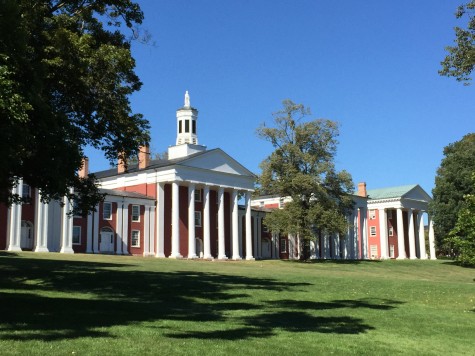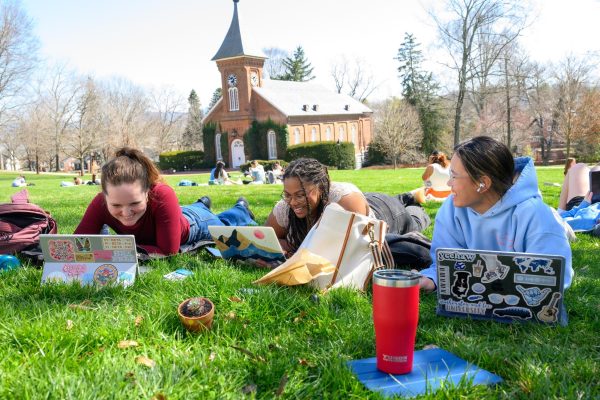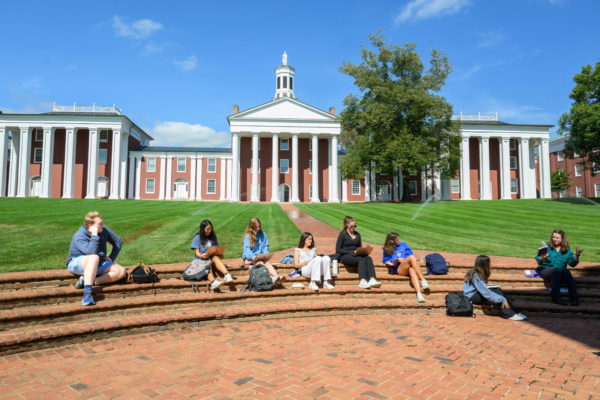Spring term equivalents nationwide
May 18, 2018
Spring term is arguably one of the most integral parts of a Washington and Lee student’s college years. The four-week term allows students the opportunity to dive headfirst into one class packed with the intensity of a 12-week course. The unique classes offered at W&L encourage students to stray from their major or minor, and instead engage in a topic that is truly interesting to them. Students are able to learn simply for the love of learning, instead of trying to meet their degree requirements or FDRs (in fact, some courses don’t count toward either). So, while other students across the country are cramming for finals, students at W&L are learning about bird watching, eco writing, or even app development, while being able to enjoy the warm days in Lexington.
However, spring term is not unique to W&L. Many other colleges and universities have similar programs. For example, Middlebury College in Vermont offers a winter term for students beginning in early January and ending in early February. According to the college’s website, students can only enroll in one course during the period. Some courses offered this winter included “The Art of Argument,” “Trial of Jon Snow” and “Japanese Boatbuilding.” There are also plentiful ski mountains nearby, so the term creates ample time for students to hit the slopes after class and enjoy the picturesque Vermont landscapes.
Williams College in Massachusetts also offers a short January semester. According to the college’s website, students take a class pass/fail, engage in independent research or participate in an internship. Past course offerings include “The Science of Sleep (and the Art of Productivity),” “Sports Analytics” and “Fieldwork in Global Coffee.”
All three of these liberal arts colleges and universities allow students to wander from the mundane two-semester schedule offered at most schools. Instead, unique in-depth courses are offered for students to learn about something they might not be able to spend 12 weeks learning about. By creating a short semester, students are given more flexibility in regard to what they learn, as well as an opportune time to study abroad. Many students do not want to study abroad for a whole semester, so doing so for a shorter period of time offers a happy medium.
Additionally, spring term, also known as “J-Term” at other schools depending on the time of year, allows students the opportunity to interact with the surrounding community. Here in Lexington, many upperclassmen spend time at local vineyards or breweries, a full -day affair that many don’t have the time to do while enrolled in a full 12-credit course load. Some students take advantage of the warm weather and hike House Mountain or Devil’s Marbleyard. Others float the Maury River with their friends in the afternoon.
A high school friend of mine, who is currently a sophomore at Middlebury College, said their winter vacation isn’t nearly as long as most other schools, so people often use the shortened semester as a “sort of vacation extension.” Many students use the term to socialize, and it is often nicknamed “J-Term Play-Term.” Students in season for athletics utilize the semester for quality training time with their teams.
Overall, short semesters give students the opportunity to go outside of their comfort zones and experience something they might not get to otherwise. By spending extended periods of time with classmates, students meet new people with similar interests. Spring term is a unique experience, and I can’t imagine my time at W&L without it.












